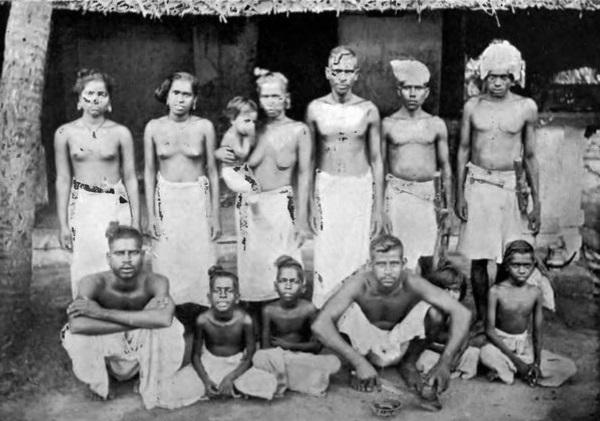
Figure 1.-- These are Dalits (Untoucvhables) in Kerala They were forbidden to cover their top body and lived in a condition of de facto slavery. |

|
The Indian sub-continent comporises several nstates most of them are modern countries in which Arab traders sold captive Africans as part of the Indian Ocean Slave Trade. That includes Pakistan, India, Sri Lanka/Maldives and Bangladesh. As mihght be expected fir geogrphic and relkigious reasonsd, Pakistan has the largest population with African descent in the sub-continent. They mostly live along the Makran (Gulf of Oman) coast .
Indians called Africans Siddis and we know more about them than the other africans in the region. This is largely because several became imprtant indiviuduals--primarily as military leaders. This is interesting because the Hindu caste system has a color component. High caste Hindus tend to be light-complexiioned and seal to marry light-complexioned women. Intouchables tend to be dark complexioned. Thus you might have thought that Africans would have dome better in Muslim society. Ivory was an especially prised commodity in Indua, creating a connectioin with Africa, the world's primary source of ivory. Ivory was carried to Indian primrily on dhows followeing the coast with gold, spices, other commoidities and African captives. Much of those products would take the Red Sea and Persian Gulf route north, but some arrived in Indian ports. As a result of the caste system, many jobs were assigned to specific groups. Many African males were assigned to a range of security functions (soldiers, palace guards, or personal bodyguards). For some reason They were seen as more trustworthy than many indigenous Indian people. This was true on both coasts, including Benga or moder Baanledesh, at ghe time one of the richest provinces of India. An incident there resulted in the epulsion of Sidi commanders and soldiers (late-15th century). Many were emplolyed in the Deccan or Gujarat to fight Akbar's forces. One of the most notable non-Mugal commandr was a Siddi--Etiopian born Malik Ambar. He would play a major role in preventing Akbar from completing his conquest of India.
The first Africans to reach Sri Lanka were Ethiopians whom ee beliece came as traders (5th century D). Some arrived as slaves during the Islamic era and as in India were involved in security and military duties. We note references to Absynians. We suspect that this was a generalized term for Afrians and not all Ethiopians. The Portuguese reached Sri nLanka pobly a few years after Da Gama reached India. They first came as traders, but seiuzed control (1597). The Portuguese began taking African slaves as they moved south along the western coast of Africa (15th century). Portugal is a small country, but for their imperial project they needed men. This the many battles fought on Sri Lanka included African soldiers. In addition, Africans served on Portuguese sailing vessels.
Navigate the Boys' Historical Clothing Web Site:
[Return to the Main Captive Africans: Eastern Slavery page]
[Return to the Main Arab African slave trade page]
[Return to the Main Arab slave trade page]
[Return to the Main African slave trade page]
[About Us]
[Introduction]
[Biographies]
[Chronology]
[Climatology]
[Clothing]
[Disease and Health]
[Economics]
[Freedom]
[Geography]
[History]
[Human Nature]
[Ideology]
[Law]
[Nationalism]
[Presidents]
[Religion]
[Royalty]
[Science]
[Social Class]
[Bibliographies]
[Contributions]
[FAQs]
[Glossaries]
[Images]
[Links]
[Registration]
[Tools]
[Children in History Home]
